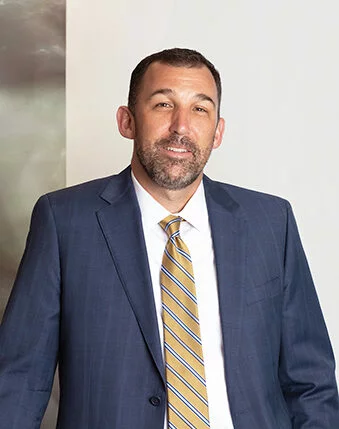(This is an emerging issue as of the date of this writing—April 25, 2025. Further legislation, rulemaking, administrative interpretation, litigation, or smarter attorneys may change or improve upon the analysis below.)
As we approach January 1, 2026—the date on which Minnesota’s Paid Family Leave Act (Minnesota Statutes Chapter 268B) takes effect—employers and employment attorneys are digging deeper into this complicated scheme and finding more things to worry about.
One question I’ve been asked multiple times this month is:
“If an employee, or an employee’s wife, has a baby in 2025 and takes baby leave in 2025 (whether it’s under an employee’s policies or under some government program) can the employee take paid bonding leave AGAIN in 2026 for that same child under the MN PFLA?”
The short answer is: “Yes.”
Here’s a much longer answer:
Speaking broadly, the right to leave under MN PFLA has nothing to do with the date of the event, illness, or injury for which the leave is taken. It only matters when the need for leave arises. For example, if I need time off for a back surgery in 2026, it doesn’t matter if that surgery is because of an injury I sustained 20 years ago.
There is an exception to this for bonding leave under 268B.085 Subd. 2. Bonding leave may be taken at any time within “12 months of the birth, adoption, or placement of a foster child, except that, in the case where the child must remain in the hospital longer than the mother, the leave must end within 12 months after the child leaves the hospital.” So for any child that arrived at home in 2025, PFLA bonding leave would be available in 2026 (although in reduced amounts if the child was brought home in the first 12 weeks of 2025).
268B.06(a) says that “(a) An employee may use vacation pay, sick pay, or paid time off pay in lieu of family or medical leave program benefits under this chapter, provided the employee is concurrently eligible and subject to the total amount of leave available under section 268B.04, subdivision 5.”
Remember, this statute is not presently effective and so no lawsuits have been file, much less resolved, to help us interpret the statute. However, “in lieu of” is typically synonymous with “instead of” meaning one may have either, but not both. But in the context of time off for an injury, it effectively does mean both. For example: an employee is diagnosed with cancer and must go in for immediate surgery and time off. For any given day, she may choose either to take paid time off (under the employer’s policies or ESST) or she may take PFML leave. If she has three weeks in her PTO bank, she may take three weeks ESST and then 12 weeks of PFML. So she can’t be on both at the same time, but effectively, over the course of time she may use both.
Baby leave is different, because 268B.27 Subdivision 1 says that an employer may require MN PFL be taken concurrently with leave under FMLA and under 181.941 (Pregnancy and Parenting Leave). So, in 2026 when PPL and MN PFLA are both legally effective, this won’t be an issue. But for PPL or other leave taken in 2025, the employer effectively can’t “require” the employee to take MN PFL because MN PFL doesn’t exist in 2025.
My interpretation of the statute aside, the Department of Employment and Economic Development already has an FAQ stating that yes, PFLA bonding leave is available in 2025 for children brought home in 2025. (https://info.paidleave.mn.gov/employees/faq/index.jsp) That FAQ doesn’t specifically address the hypothetical of an employee who already received paid leave. However, in response to specific questions, the Minnesota Paid Leave Team at DEED responded: “Leaves taken in 2025 do not impact the availability of leave starting in 2026.” So yes, even if you gave an employee paid leave in 2025 for a new child, that employee may take MN PFL in 2026 for the same child.
What can be done about this?
In the near term, call your Minnesota Representative or Senator. It is highly unlikely that any legislator in the last two sessions intended this outcome. Amendments to the MN PFLA are being debated now and this seems like something both parties should be willing to address.
I would NOT recommend any changes to your optional baby leave policies. For instance, there are many employers who already offer 12 or more weeks of fully paid baby leave. These employers could end up with an employee getting 24 weeks off for a child brought home in 2025; 12 weeks paid at full pay in 2025, and 12 weeks paid under the reduced MN PFLA amount in 2026. You could theoretically amend your generous optional policies to defend yourself against double dipping. But you would have some seriously dissatisfied employees if you did that. Of course, PPL is not optional and can’t be denied under any circumstances. Finally, you absolutely could not take adverse action against employees because they took both forms of leave, even though you might be rightfully frustrated by it.
Unfortunately, it is unlikely that this is the last unintended consequence of the Minnesota Paid Family Leave Act that we are going to discover in the next year or two.


